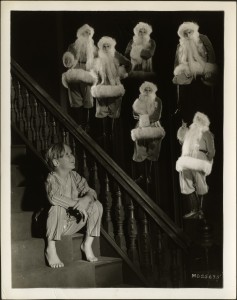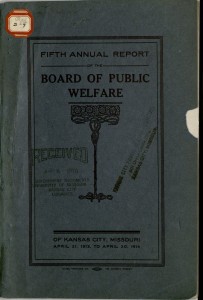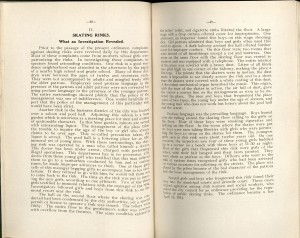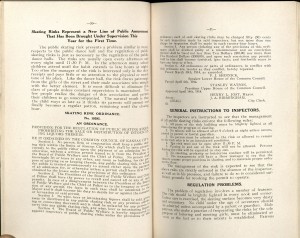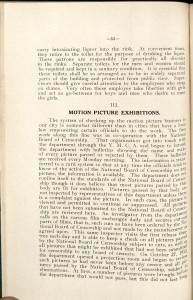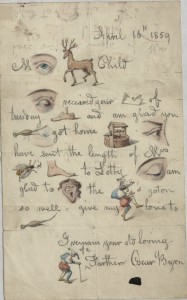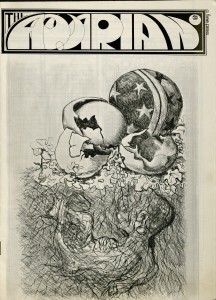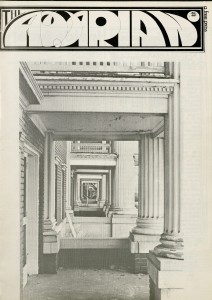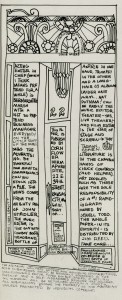Number Two in an Occasional Series of Odd and Obscure Periodicals.

Early studio at KLDS.
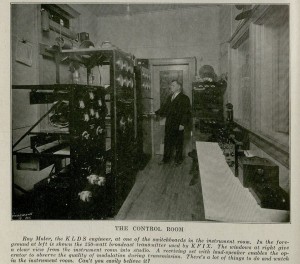
KLDS Control Room
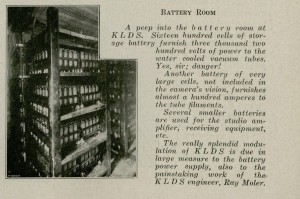
Battery Room
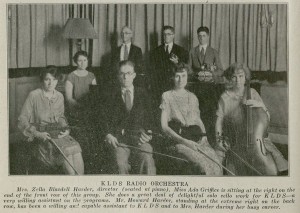
KLDS Orchestra
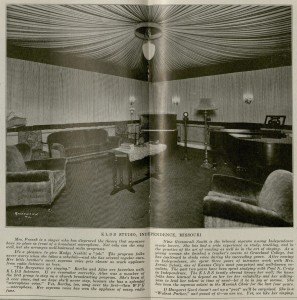
KLDS Studio
Autumn Leaves was a monthly magazine published for the youth of the Reorganized Church of Jesus Christ of Latter Day Saints (since 2001 knows as Community of Christ). The publication was produced from 1888 through 1928 out of Independence, Missouri. The October 1926 issue was almost entirely dedicated to the church’s radio station, KLDS.
First Presidency member Elbert A. Smith penned an ode to the station entitled “Zion’s New Friend” that appears at the beginning of the magazine, setting the tone for the remainder of the publication:
“Free from the slumber that bound him so long,
Radio leaps to the air with a song;
Taking his journey from Zion’s high tower,
Bearing his message in haste, yet with pow’r…
…Roused from the slumber that held him since dawn,
Radio leaps to the air and is gone!
Go, thou bright messenger, Zion’s new friend,
Preach thou the gospel till time shall have end.”
At the time this issue was published, radio broadcasting was still a relatively new phenomenon. One of Kansas City’s premier radio pioneers, Arthur B. Church, was the guiding force behind the implementation of KLDS. Referred to as “A.B.C.”, Church contributed two articles to the magazine, detailing the development of KLDS from a small, weak station to a broadcasting powerhouse.
Programming was predominantly musical in nature, and the numerous musicians associated with KLDS are pictured throughout this issue. Broadcasts of Sunday services were routine, and in the winter months lectures courses and special sermons were offered.
By 1927 Church has secured a separate license for KLDS – which, according to Autumn Leaves, stood for “Knowledge, Liberty, Divinity, Service” – and it then became Midland Broadcasting Company. A second license was obtained for a commercial station, KMBC, with which Church found even greater success. Much more about his work at KMBC can be found here.
Like this:
Like Loading...

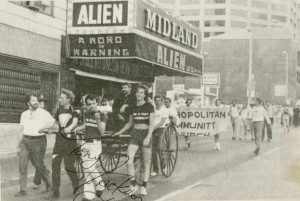
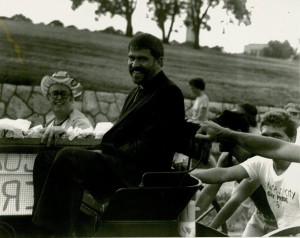
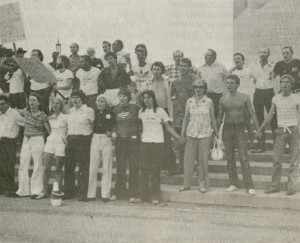
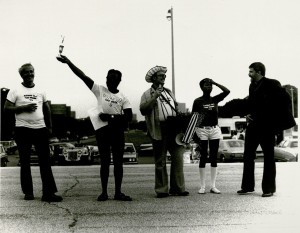
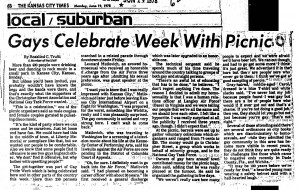
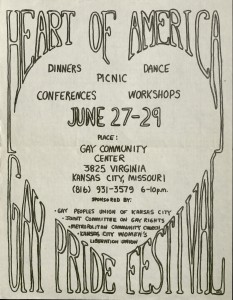
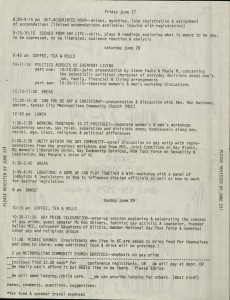
![From the verso of the photo: "Christmas Dreams Jackie Cooper, the youngest Metro-Goldwyn-Mayer star, enj[oys] the dream on Christmas Ever almost as much as he does the actual happenings the next day. Jackie, who will next be seen in “Buddies” with Buster Keaton and Jimmie Durante, evidently hopes for a boat."](http://info.umkc.edu/specialcollections/wp-content/uploads/2013/12/buddies-011000w-237x300.jpg)
